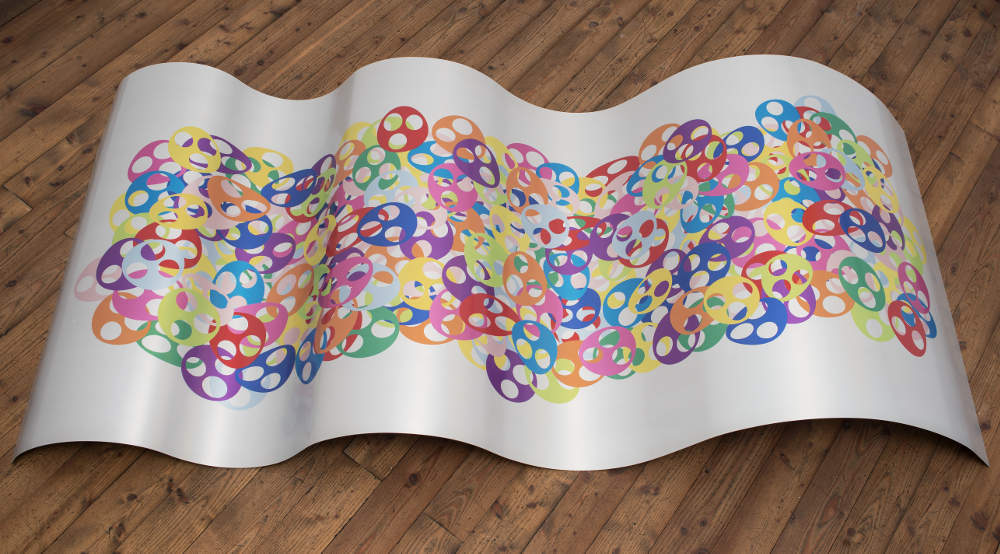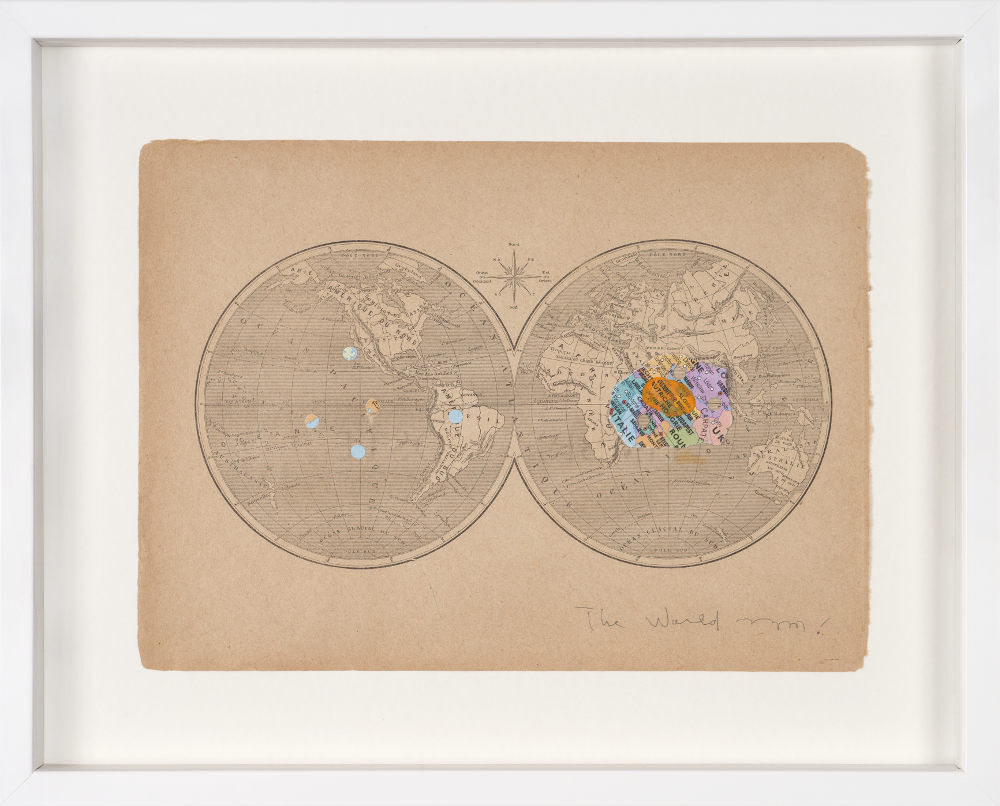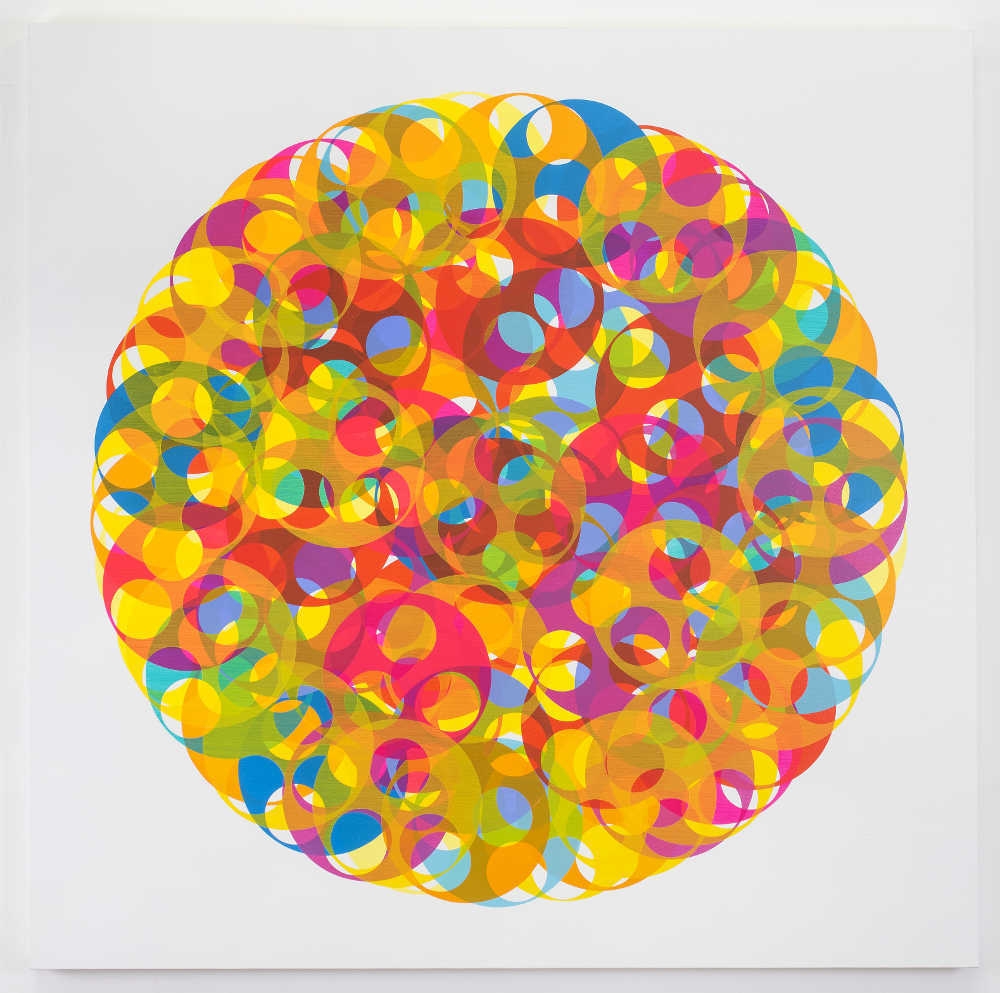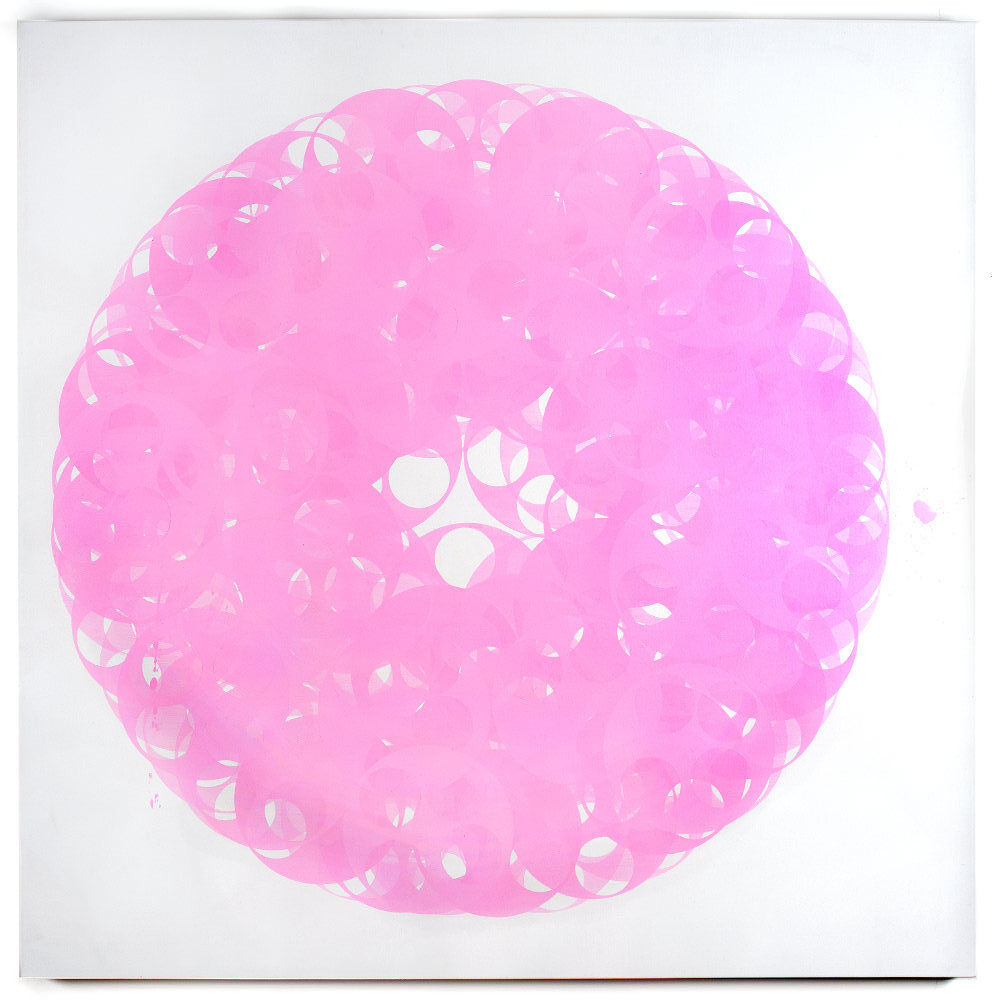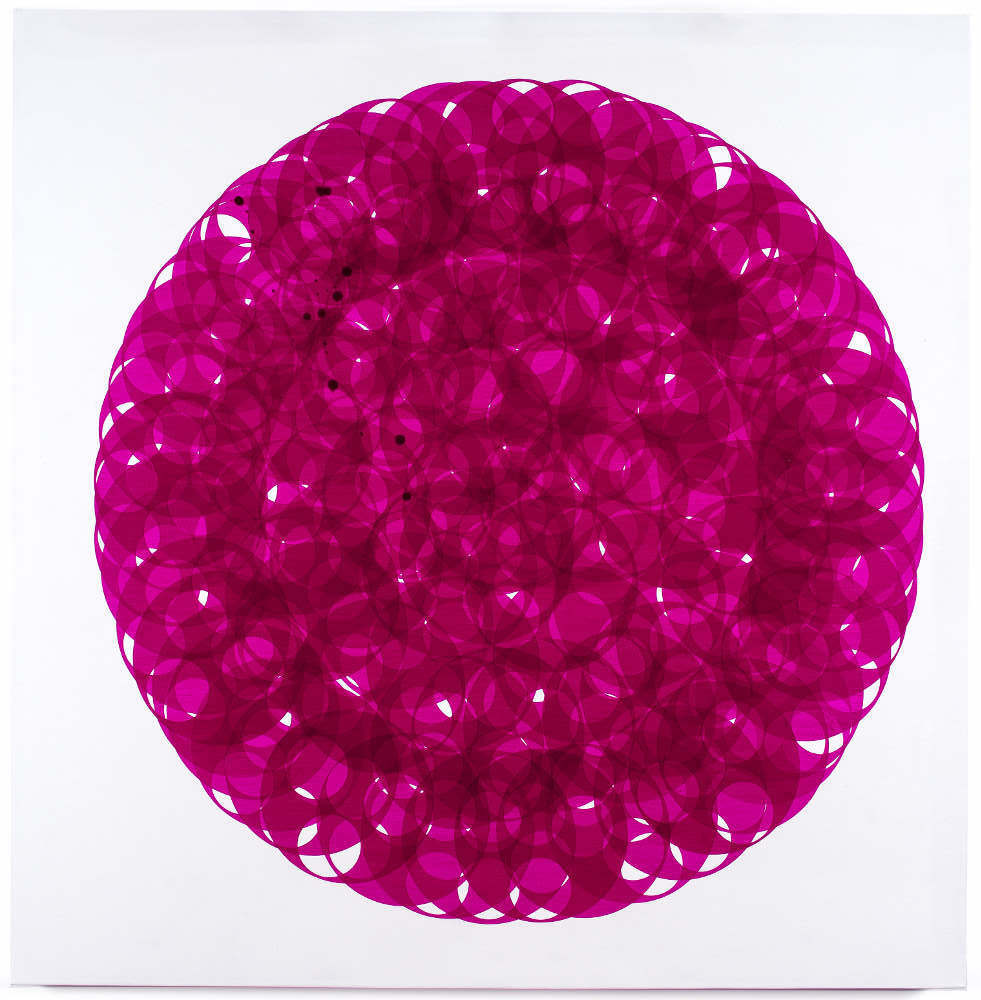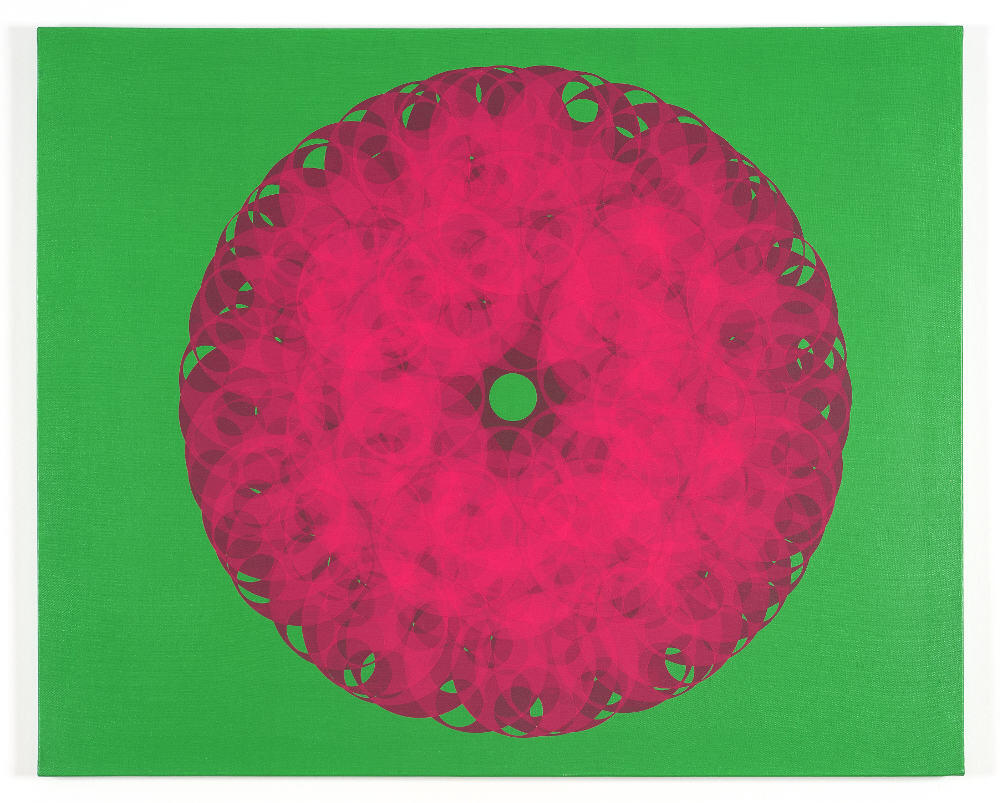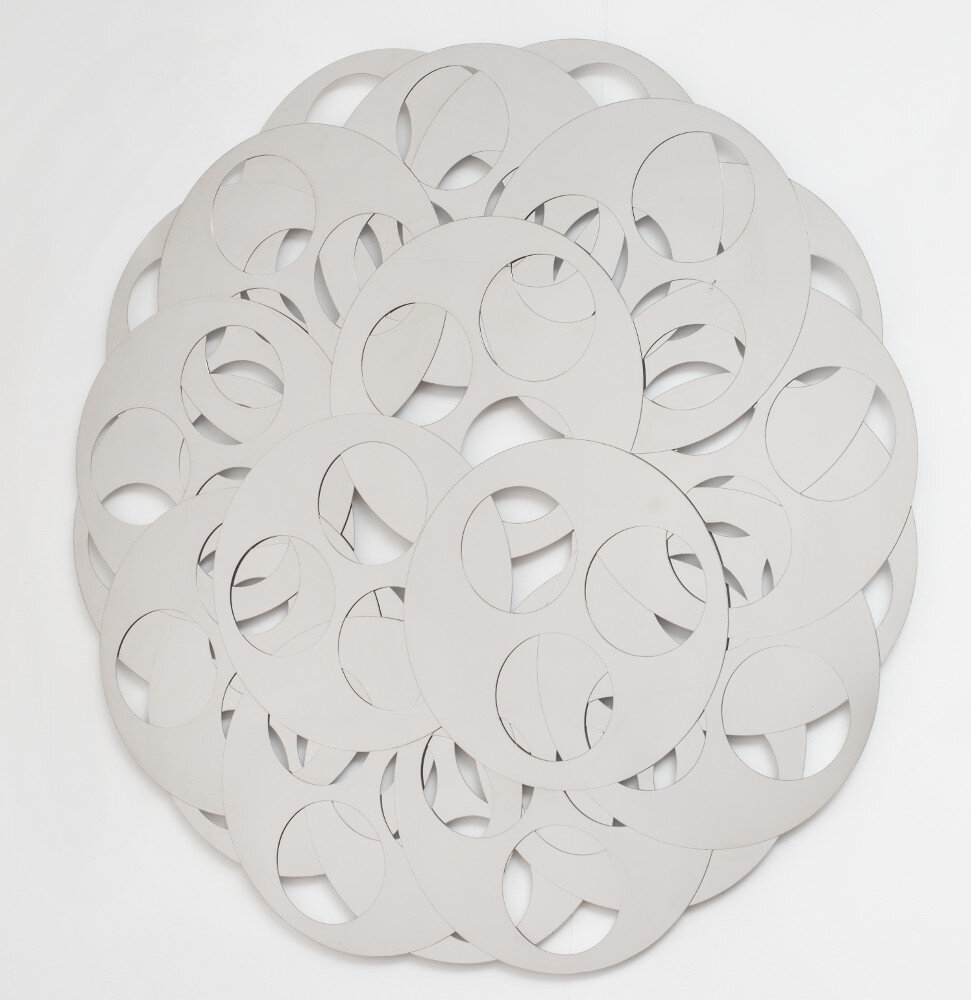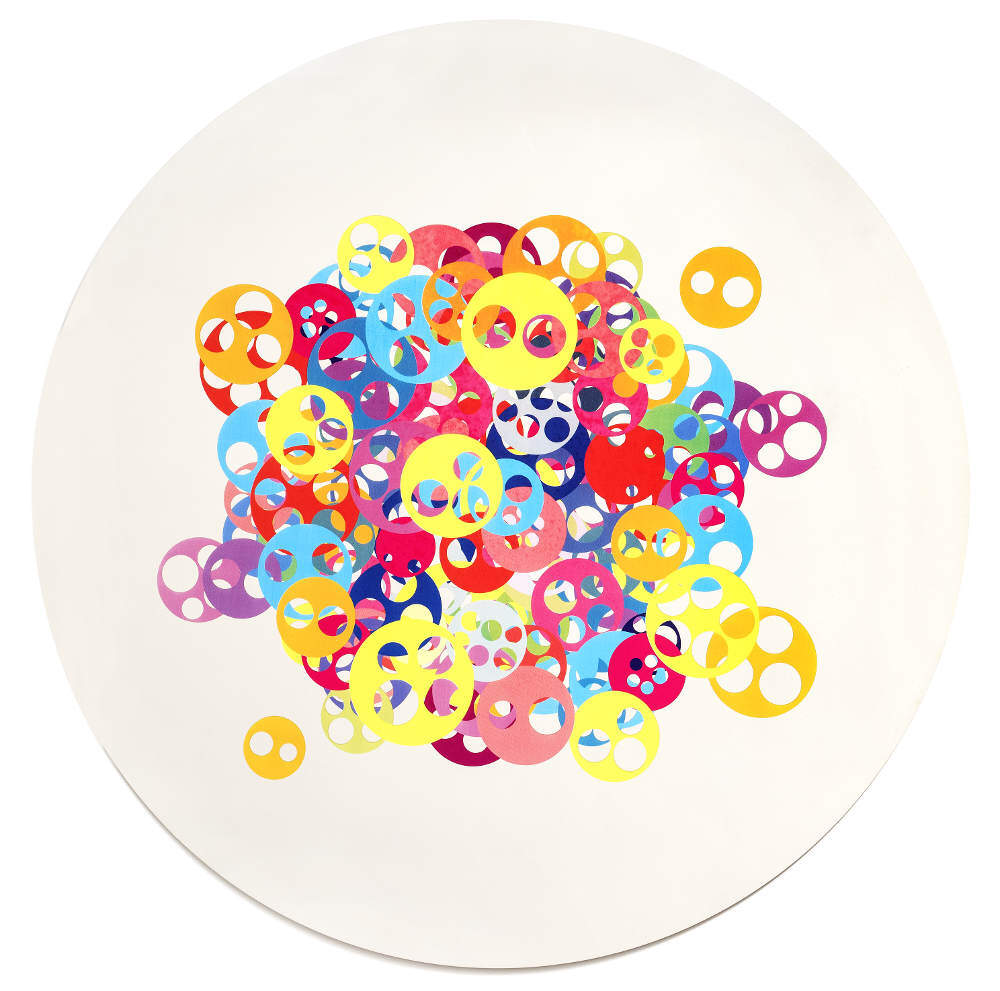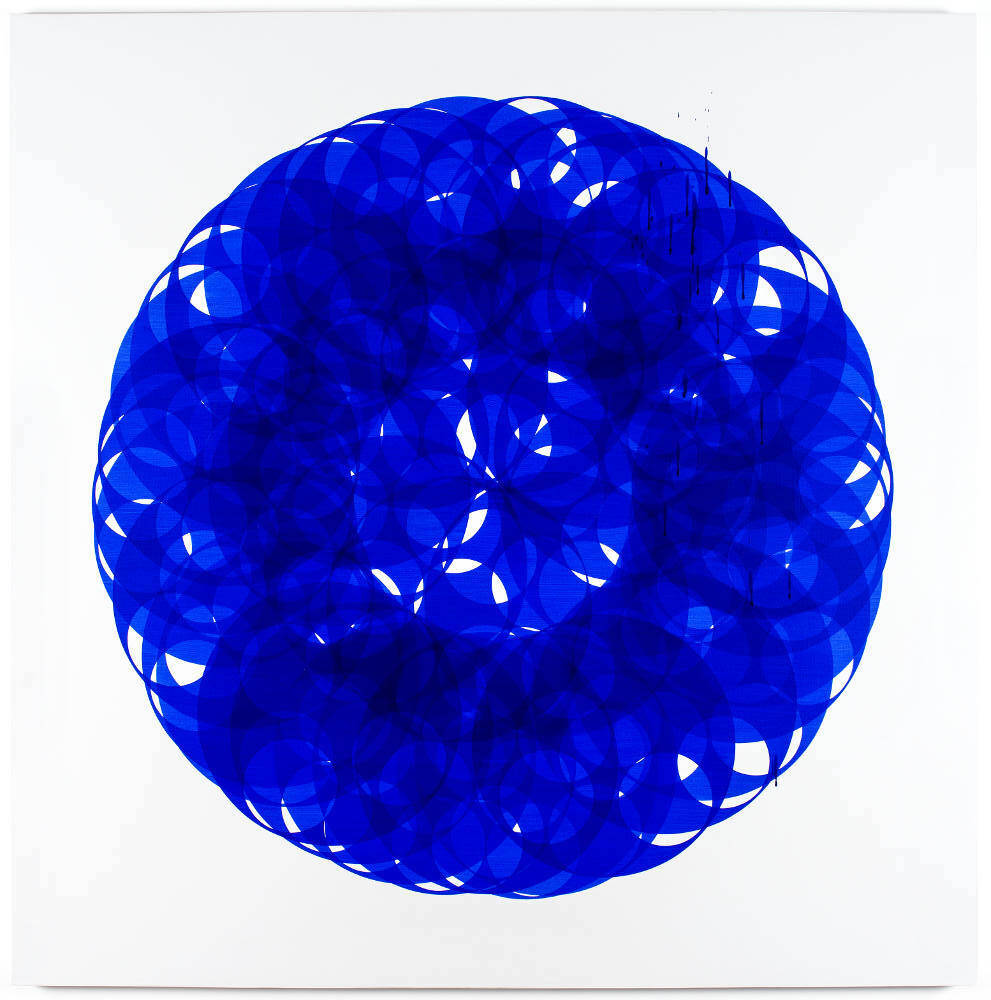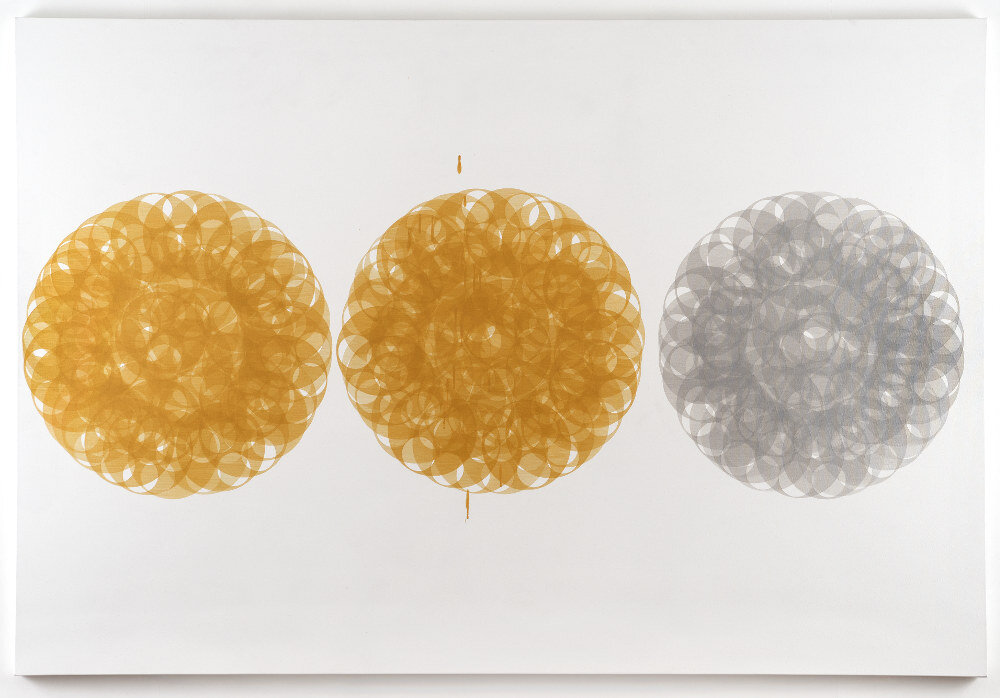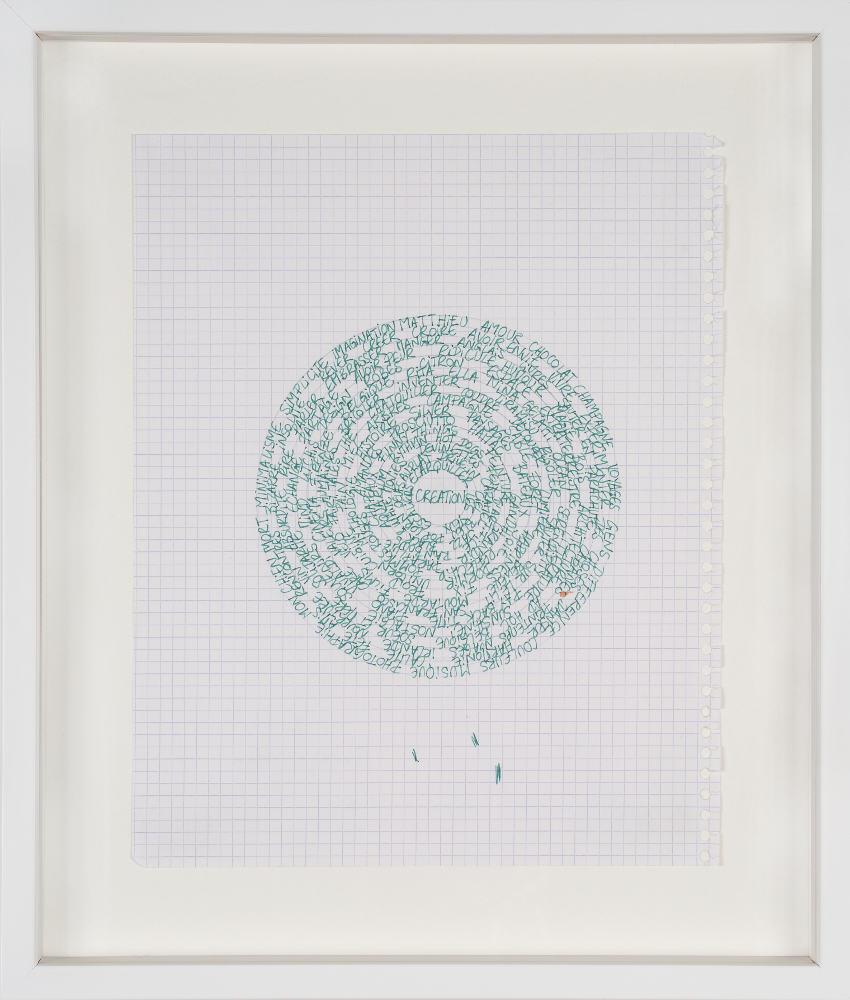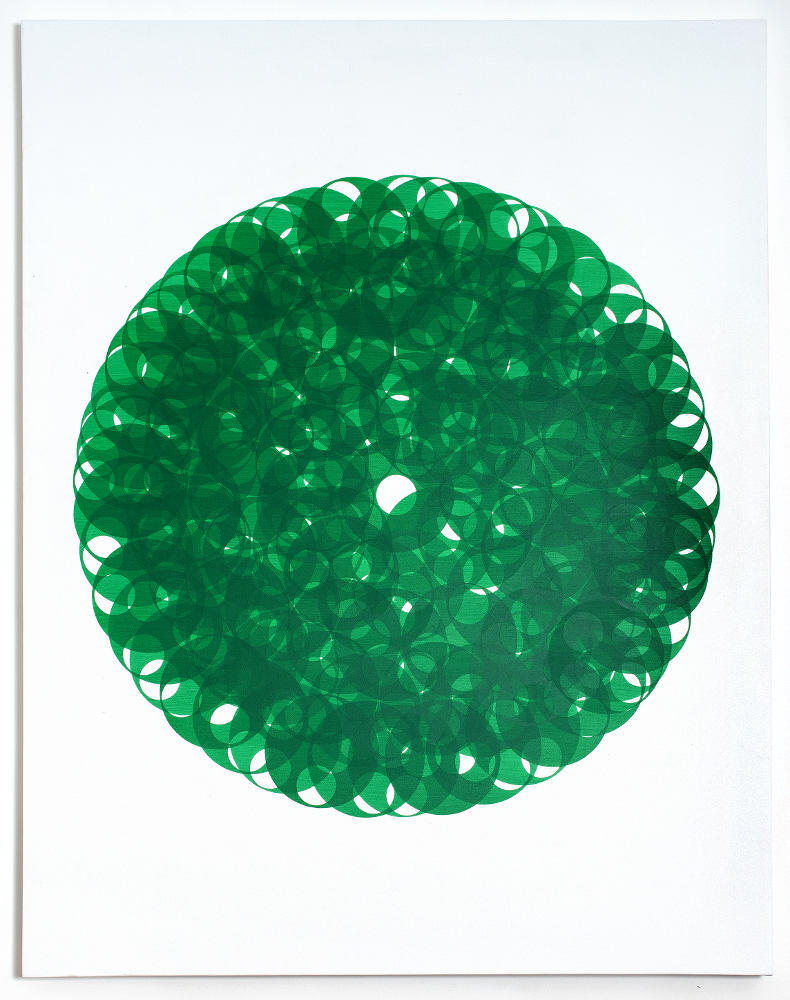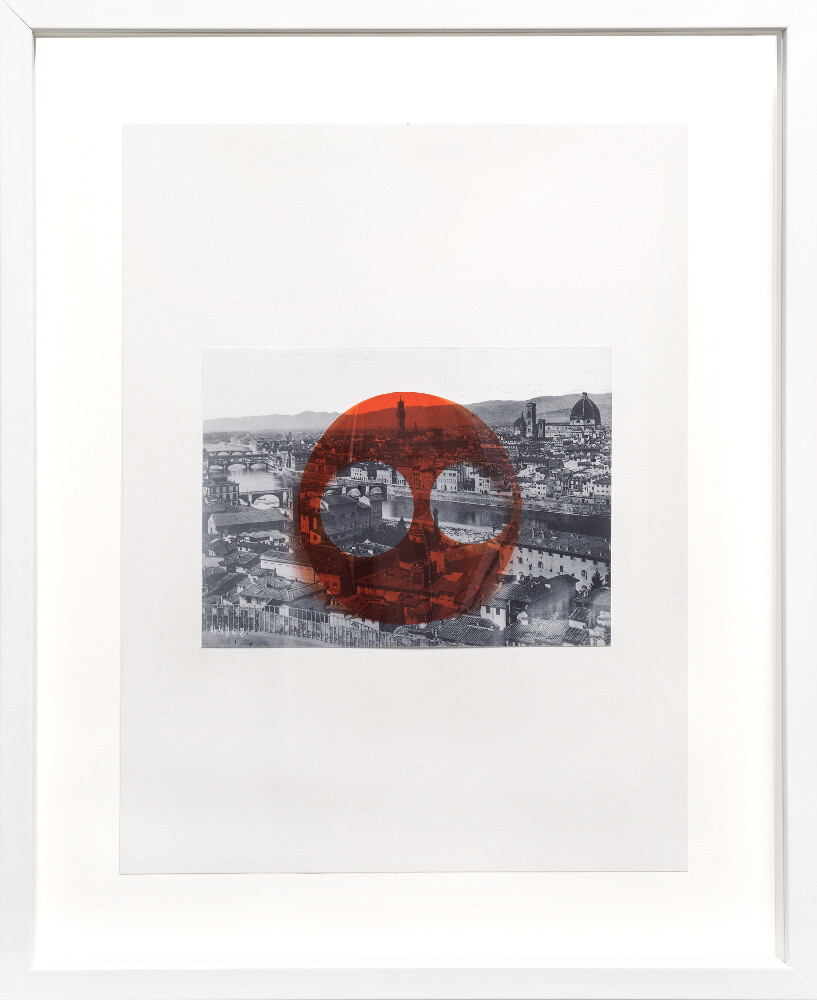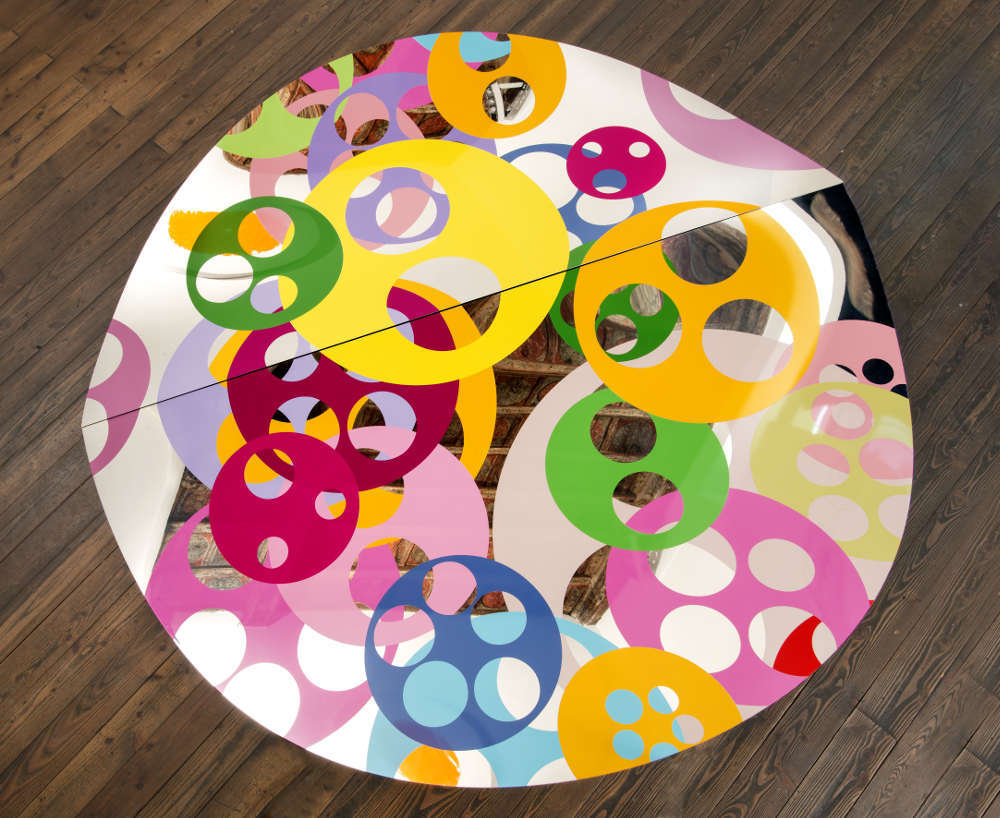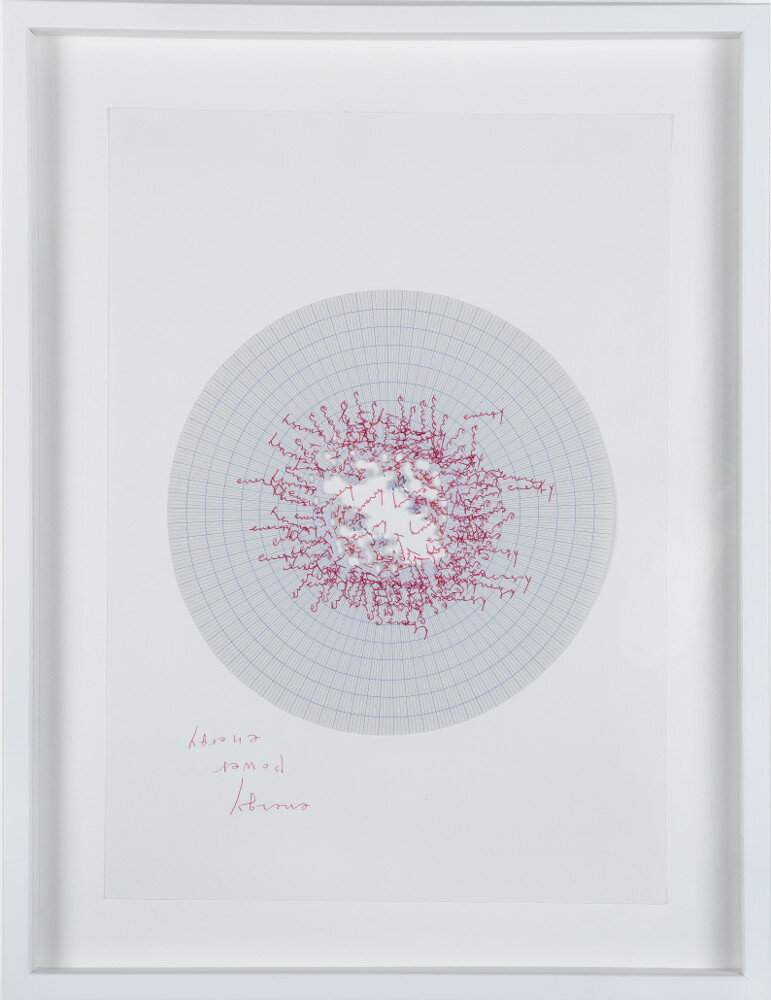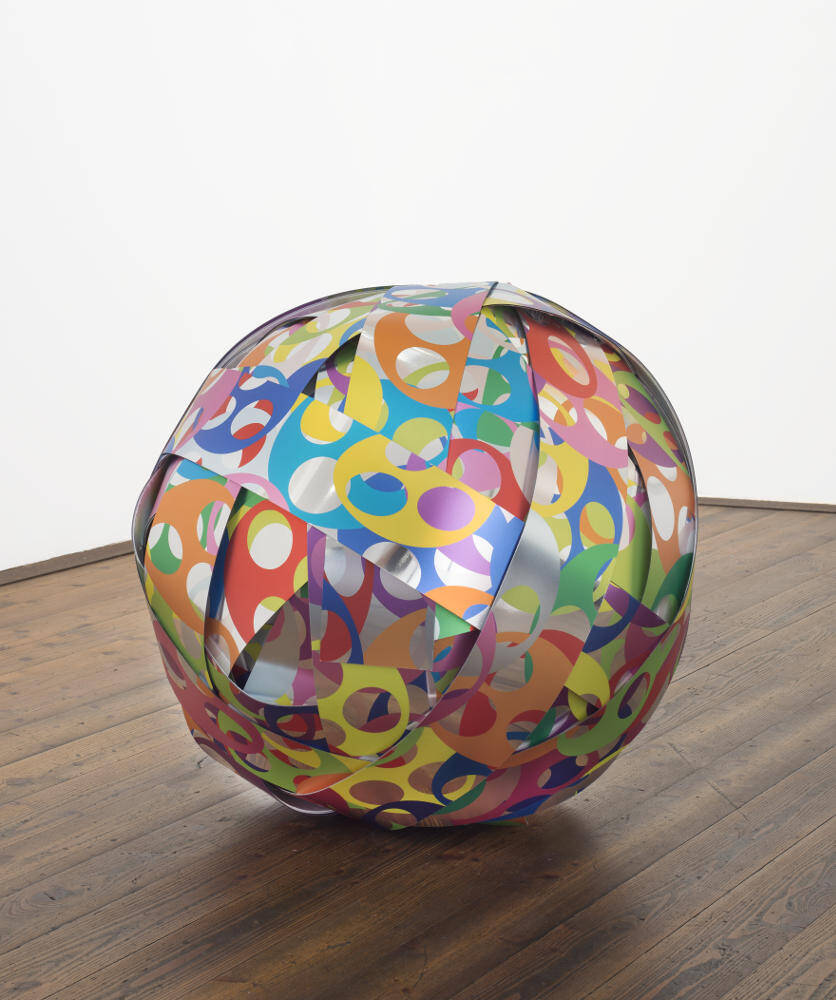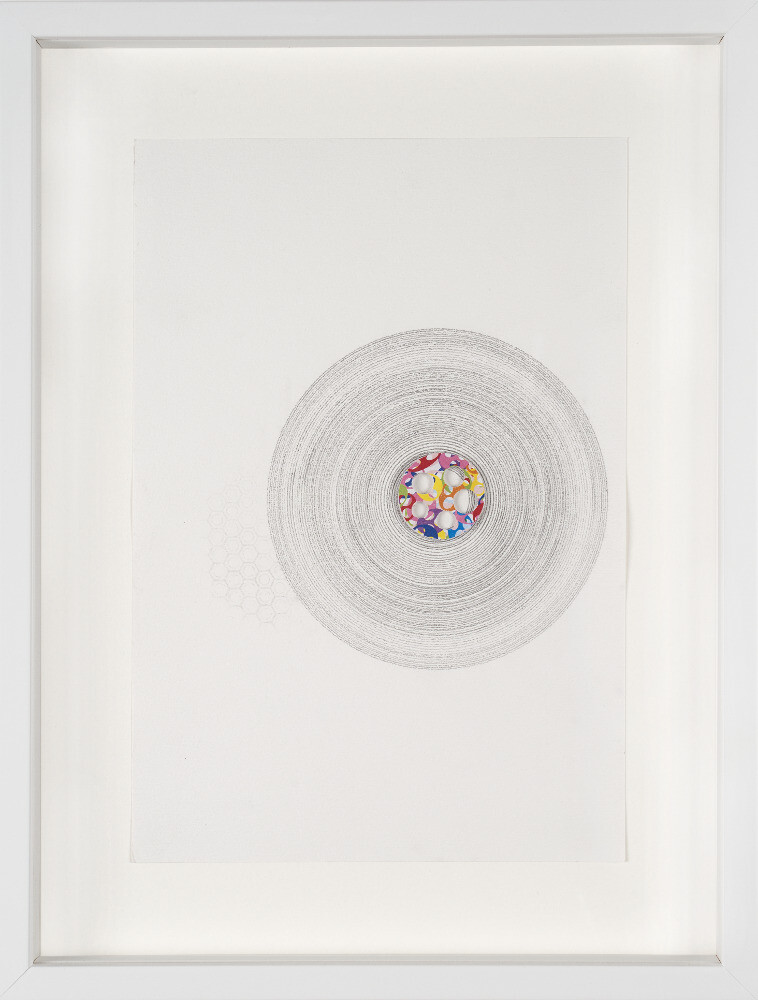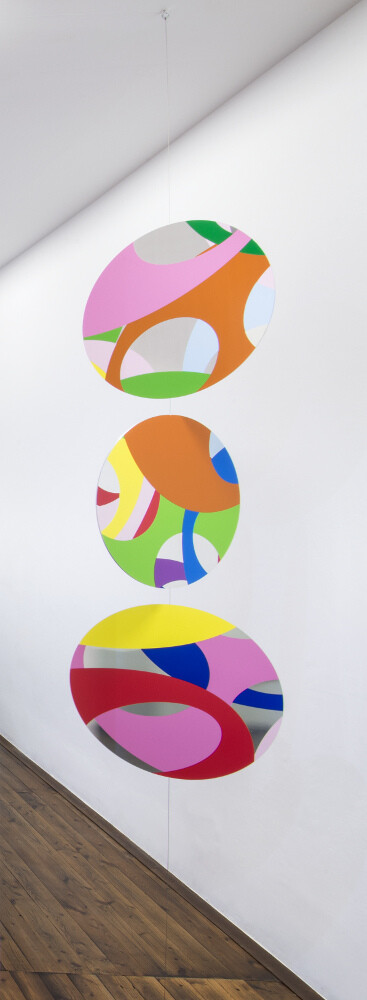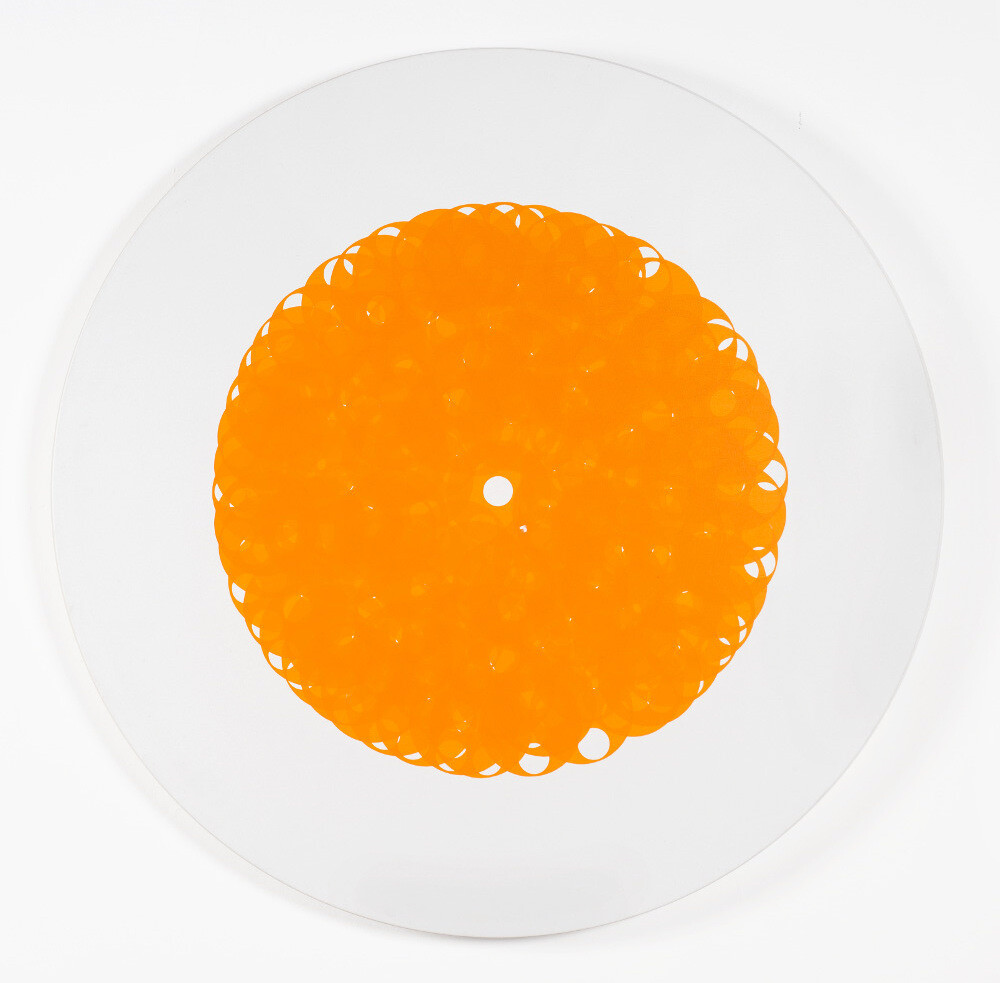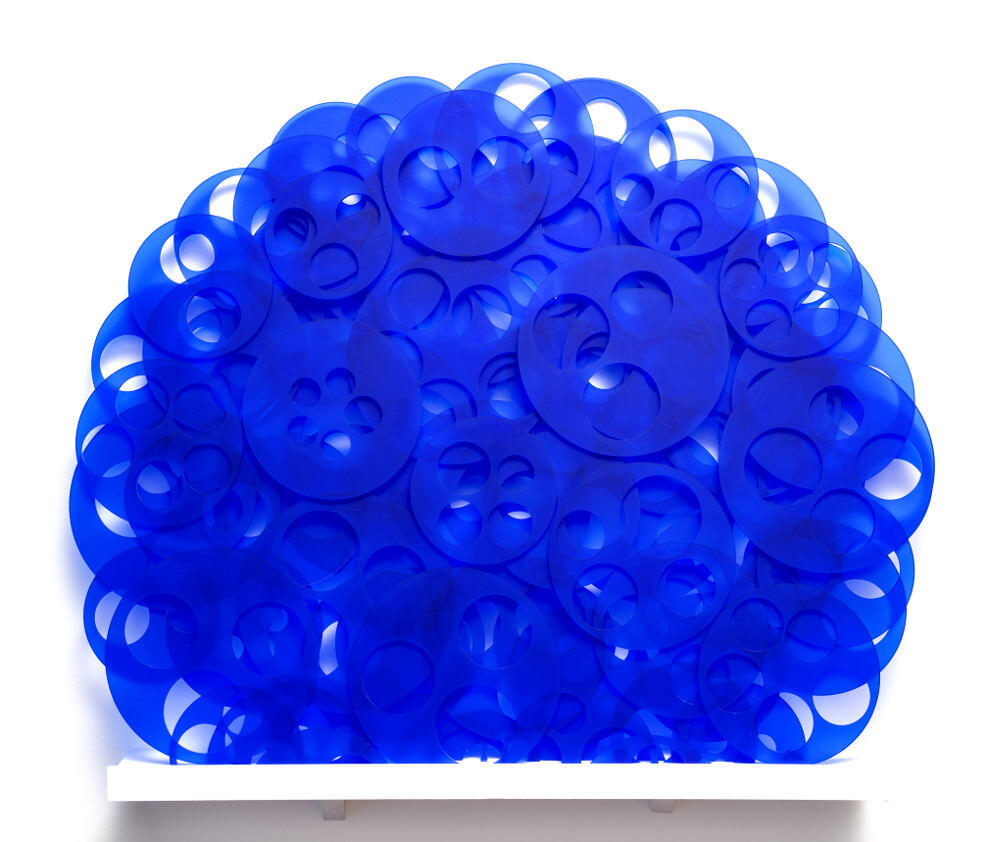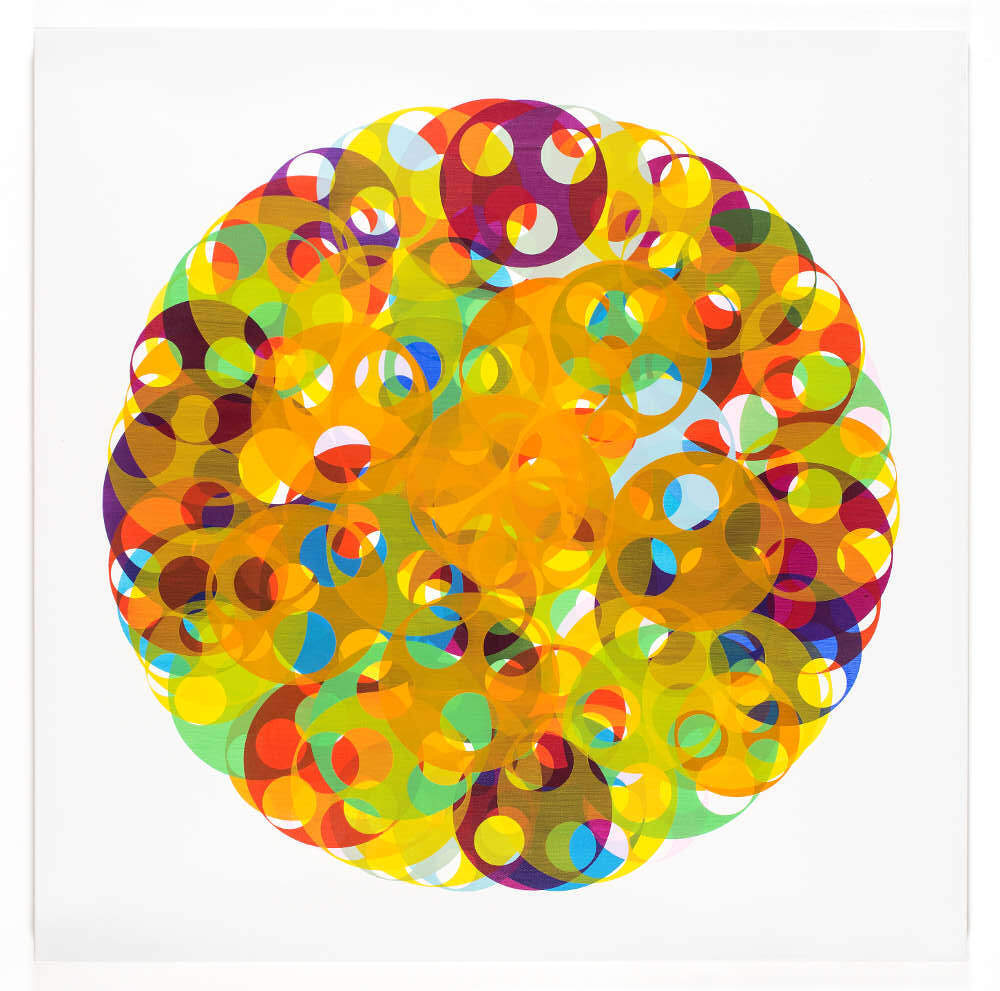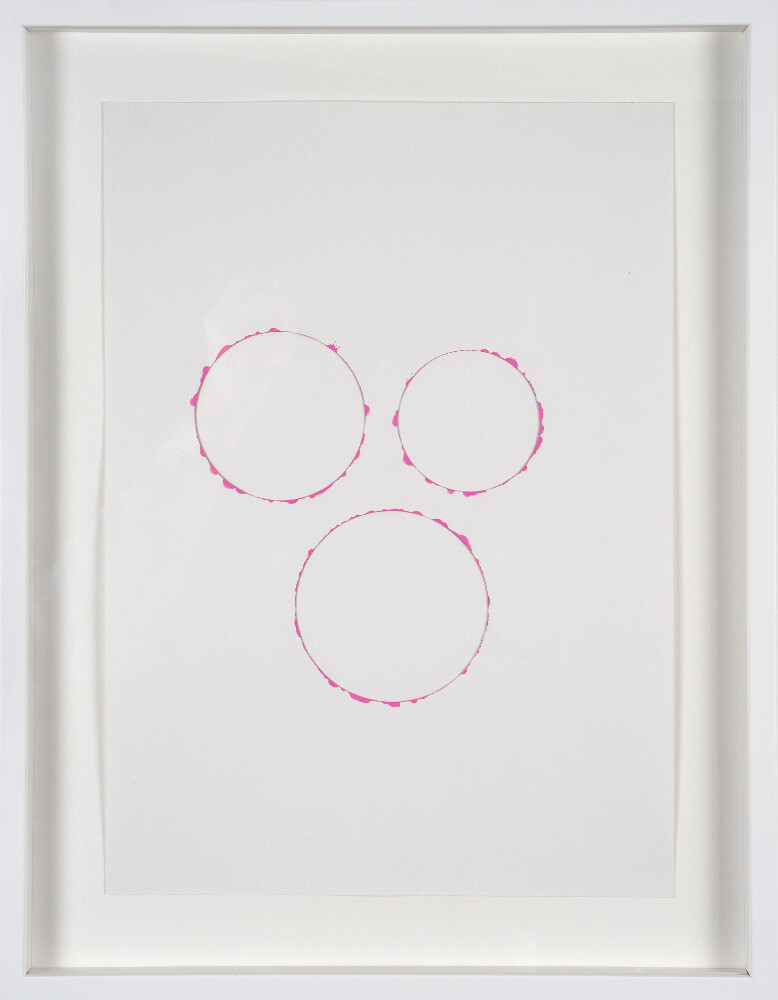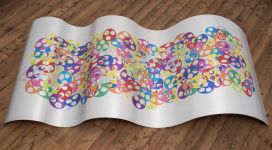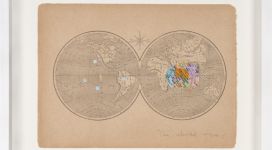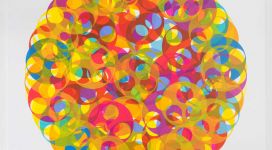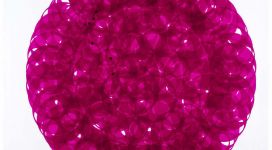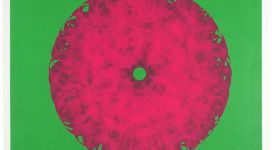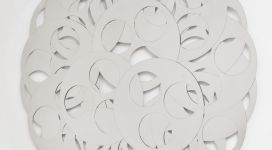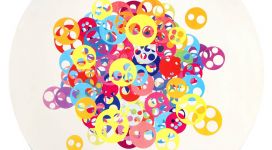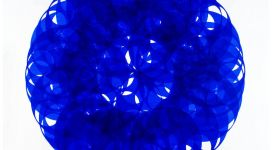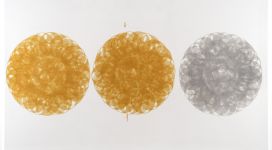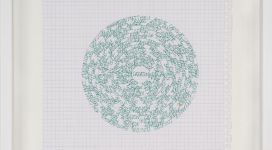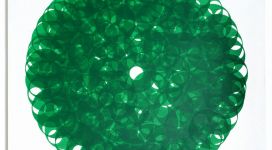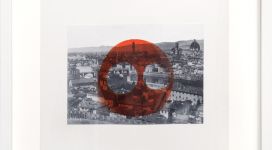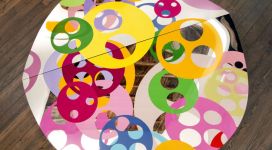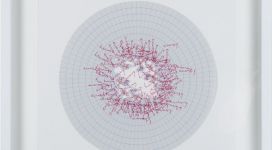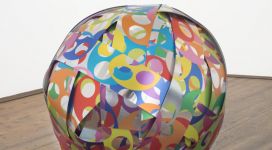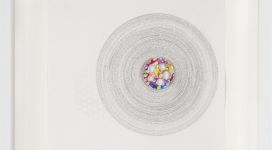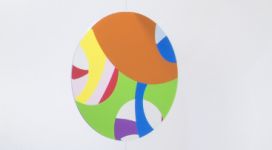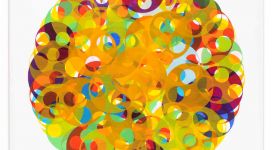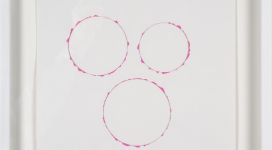| Exhibition 2017 | ||
| SOONJA HAN | Catalog |
Soonja Han lives and works in Paris. She was born in Seoul, South Korea in 1952 to intellectual parents who encouraged her creative pursuits. Han took a particular interest in music, dance, and the visual arts in her youth, eventually deciding to study painting at Hongik University from 1972 to 1978. During this period, however, the South Korean art world was dominated by a version of strict academism in art schools and institutions. Han found this situation intolerable that limited the freedom of expression of young artists.
Han left South Korea for Paris in 1983 and found herself in an energetic city with a dynamic and open artistic environment. She decided to stay and continue her studies at l’Ecole Nationale Supérieure des Arts-Décoratifs. After that, she went travelling all over Europe to soak up the thrilling variety of colors, flavors, and textures of other aspects of local cultures. These journeys helped to shape her understanding of formal composition and provided her with a richer chromatic vocabulary.
Han was given her first solo exhibition at Jean-Claude Richard Gallery in Paris in 1988. The paintings she presented featured thick surfaces with muted tones reminiscent of the abstract Art Informel paintings, in sharp contrast to the figurative work that was in vogue in Paris at the time. The show was a success, and she was given a second show at Jean-Claude Richard just a year later.
By the early 90s Han had shifted from her abstract impasto paintings to experimenting with more spare compositions with thinner applications and smoother surfaces. These minimalist paintings and drawings attracted a new series of European galleries, including Leila Mordoch Gallery in Paris (1990 and 1992), Czecho in Prague (1991), Municipal Gallery in Hungary (1994), and Mathieu Gallery in Lyon (1992, 1995, 1998, 2000).
At this point in her career Han became increasingly fascinated with Brancusi’s work. She was drawn to its spiritual quality and formal simplicity. The beauty of his elegant forms motivated her to create a more powerful symbolic visual language and to explore the space beyond the canvas.
Her personal friendships with the artists Aurélie Nemours and François Morellet also had a profound influence on her. Among their moments together, Han recalls one conversation in particular, with Nemours, that made a lasting impression on her. Nemours said: “Oriental art contained everything one needed to paint, everything I didn’t have.” This led Han to reflect own formation as an Asian artist, and to a renewed appreciation of the circle as a rich spiritual source.
At the dawn of the new century Han was participating in the global art scene as a confident, self-styled conceptualist, showing regularly in Europe, the United States, Japan, and Korea. The Circles exhibition at the Vismara Gallery in Milan in 2002, featured her now emblematic circular forms in bright and vivid hues, and marked a significant turning point in her career. These optimistic and energetic paintings drew serious attention and praise, earning her two more shows at Vismara Gallery in 2004 and 2006. The 2004 exhibition travelled to Hundai Gallery (South Korea), Tokyo Gallery (Japan), and Galleries Hoffman (Germany). The Vismara shows also paved the way to an important exhibition as Palazzo Crispi in Napoli 2007. Throughout this period Han continued to develop greater movement, dynamism, vitality, and chromaticity in her paintings.
Museums also began to take notice, affording Han the opportunity to present larger works and to explore the relationships between paintings and space. At the Total Museum of Contemporary Art in Seoul in 2004, Han projected animations of her emblematic circles onto several of her circle paintings, creating a whole new dimension of movement and color. And at the Shanghai Art Museum (2006), the Busan Metropolitan Art Museum (2007), and the Soma Museum of Art in Seoul (2009) she presented several series of drawings that explored the relationships of her circular forms to the exhibition spaces.
The Museum of Modern Art in Saint-Etienne gave Han her first retrospective exhibition in 2007 and two years later included her in a group show titled Micro-Narratives. Han’s installations in all of these museums were specifically adapted to the exhibition spaces in order to encourage viewers to form intimate personal impressions in their interactions with the work.
In 2015 Han was commissioned to design the second Swatch Club watch. It was her first foray into commercial art. The design was inspired by a mixed media work of hers titled This is my world (2015) in which she superimposed her characteristic circles on an old map of the world, representing people’s desire to travel the world. The watch work resonated with mass audiences as genuinely as her fine art did in the art world.
In recent years, Han has participated in important international exhibitions including Dislocation at Deagu Art Museum in Korea (2012), 35 x 35 Art Project at Copelouzos Art Museum in Athens (2014), Moving circles at Johyun Gallery in Busan, South Korea (2015), Inhabiting the World at the Busan Biennial (2014), and the important geometric abstraction exhibition, Rythme & Geometrie, at the Musée de Châteauroux in France (2016), Soonja Han. Enchanted Destiny, Galleria Il Ponte, Firenze (2017).
